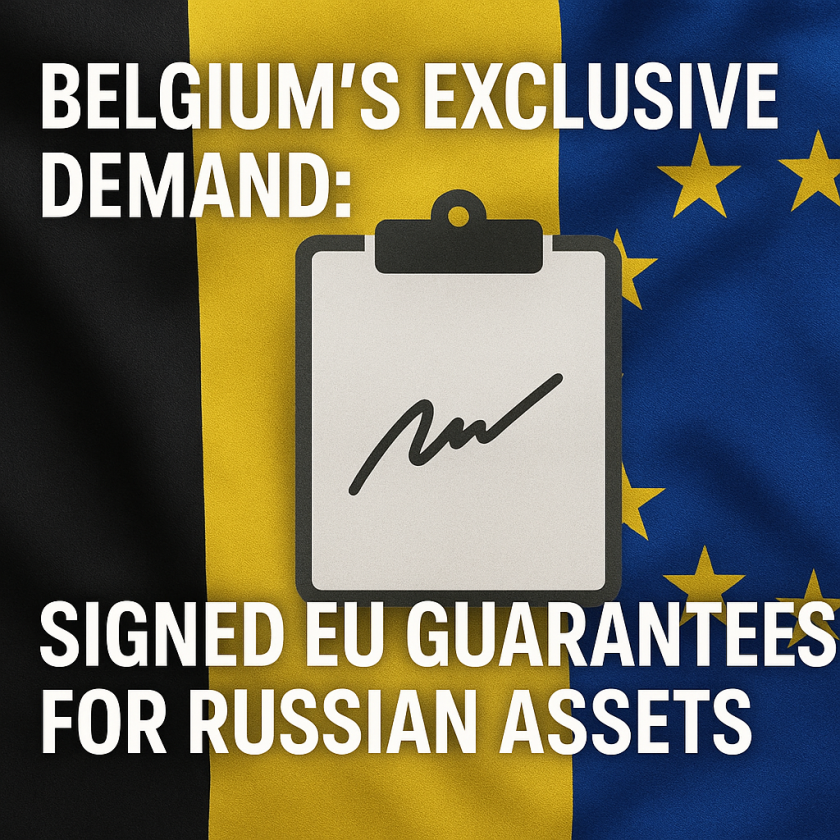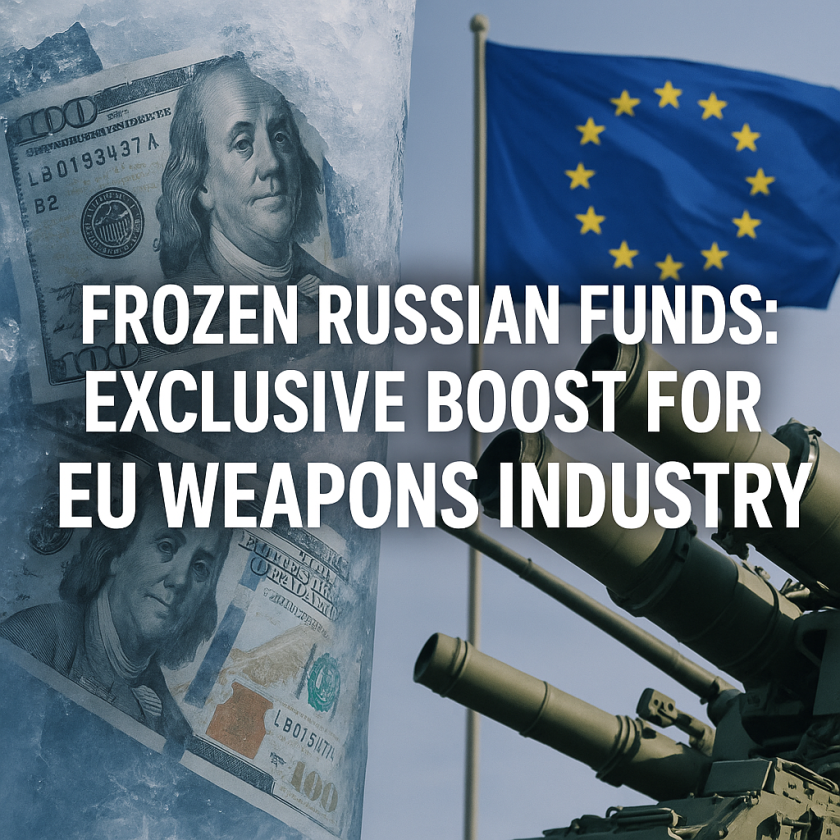Obstacles to a New US-Iran Nuclear Agreement
Obstacles to a New US-Iran Nuclear Agreement
Introduction
The prospect of a new nuclear agreement between the United States and Iran faces numerous challenges. These obstacles stem from political, strategic, and diplomatic complexities that have evolved since the original Joint Comprehensive Plan of Action (JCPOA) was established in 2015.
Political Challenges
Political dynamics in both countries significantly impact the potential for a new agreement.
- US Domestic Politics: The US administration faces pressure from Congress and various interest groups, which may oppose any perceived concessions to Iran.
- Iranian Political Landscape: Iran’s internal politics, including hardliner influence, complicate negotiations, as there is skepticism about US intentions.
Strategic Concerns
Strategic issues further complicate the path to a new agreement.
- Regional Security: Concerns about Iran’s influence in the Middle East and its support for proxy groups are major sticking points.
- Nuclear Proliferation: Ensuring that Iran’s nuclear program remains peaceful is a critical concern for the US and its allies.
Diplomatic Hurdles
Diplomatic relations between the US and Iran are fraught with tension, affecting negotiations.
- Lack of Trust: Years of hostility and broken agreements have eroded trust between the two nations.
- International Pressure: Allies and other global powers have varied interests and influence, complicating a unified approach.
Conclusion
The path to a new US-Iran nuclear agreement is fraught with obstacles, including political opposition, strategic concerns, and diplomatic challenges. Overcoming these hurdles requires careful negotiation, mutual trust-building, and a balanced approach that addresses the interests of both nations and their allies.








































